Tokenization — An Overview
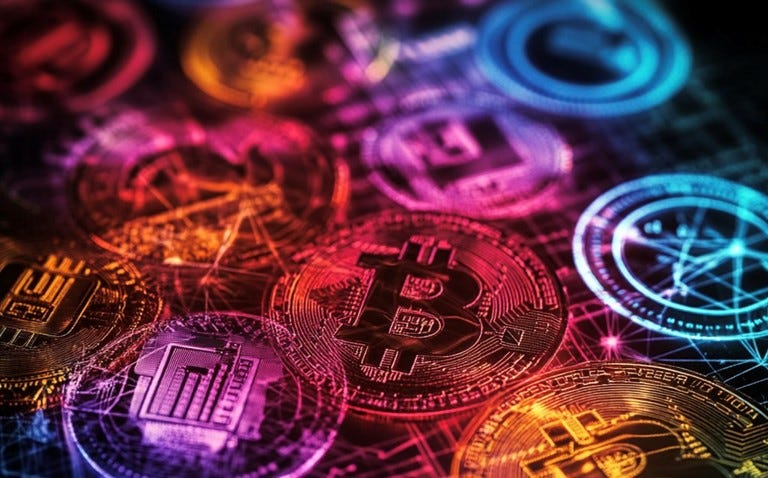
Understanding Tokenization
Tokenization has emerged as one of the most transformative innovations of modern finance and technology. At its core, tokenization is the process of converting rights to an asset into a digital token that exists on a blockchain. These digital tokens can represent ownership or a stake in a wide range of assets — both tangible and intangible — such as real estate, artwork, securities, or even intellectual property. The introduction of blockchain has made it possible to securely and transparently transfer ownership of these assets, allowing for fractional ownership and seamless transactions in ways that were previously unimaginable.
The ability to divide assets into smaller, tradable units through tokenization opens up new opportunities for investors and asset holders alike. Traditionally, illiquid or high-value assets can be made accessible to a broader audience, democratizing participation in markets that were once restricted to a select few.
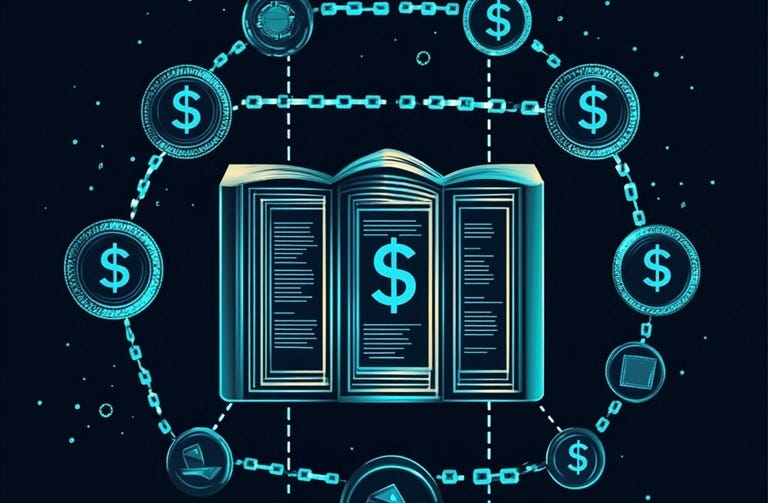
Development and Evolution
Though tokenization may seem like a modern innovation, its roots trace back to ancient economies where physical tokens were used as mediums of exchange, representing value in trade. People used such tokens to denote ownership of goods, simplifying trade and value transfer — essentially laying the foundation for today’s concept of tokenization.
In the digital age, the idea of tokenization began to evolve rapidly with the advent of blockchain technology, i.e., Distributed Ledger Technology (DLT), which is reshaping the financial industry by fundamentally altering how transactions, ownership, and asset transfers occur. Traditionally, financial activities have relied heavily on intermediaries like banks, brokers, and exchanges to facilitate trading, settlement, and record-keeping. These intermediaries add time, cost, and complexity to financial processes. DLT, however, challenges this model by enabling direct, peer-to-peer transactions, removing the need for middlemen, and enhancing transparency, efficiency, and security.
One of the most transformative applications of DLT is tokenization — which allows real-world assets such as stocks, real estate, or commodities — to be represented as digital tokens on a blockchain. This opens up new possibilities for fractional ownership, enabling investors to buy small portions of high-value assets that were previously inaccessible. By digitizing ownership, tokenization increases liquidity in markets that have traditionally been less liquid, such as real estate projects and private equity, allowing assets to be traded more easily and frequently.
DLT also significantly reduces settlement times. Traditional financial transactions often take days to finalize, especially when crossing borders or involving multiple institutions. With DLT, transactions are settled almost instantly, recorded on an immutable ledger, and visible to all relevant parties, removing the need for lengthy reconciliation processes.
The concept gained further traction in 2017 with the rise of Initial Coin Offerings (ICOs). Companies and projects began raising capital by issuing digital tokens to investors, often representing a stake in a project or the right to use a service. ICOs were seen as a quick way to fund blockchain-based startups. However, the unregulated nature of ICOs led to significant volatility and risk, causing them to fall under the scrutiny of regulators.
In response, Security Token Offerings (STOs) emerged as a more compliant alternative, offering tokens backed by real assets and subject to securities regulations. STOs brought greater legitimacy to tokenization by providing legal protections to investors. Today, tokenization continues to evolve, with the rise of non-fungible tokens (NFTs) expanding the use of blockchain to represent unique assets such as digital art, collectibles, and intellectual property. Institutional interest in tokenized assets is also growing, with major financial institutions exploring the use of blockchain to tokenize real estate, bonds, and stocks.
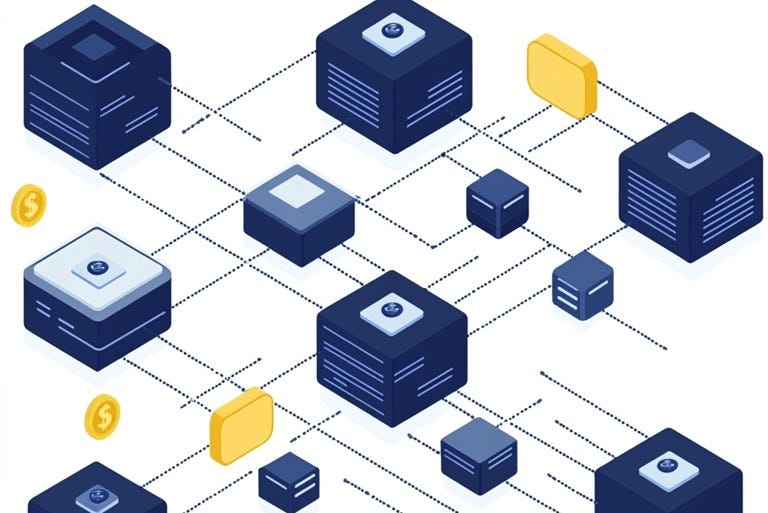
The Mechanism of Tokenization
Tokenization relies on blockchain technology to represent, trade, and transfer assets in the form of digital tokens. The process typically begins with identifying the asset to be tokenized, whether it be a physical asset like real estate or a financial asset like stocks or bonds. A digital representation of the asset is then created in the form of a token, which can be traded on a blockchain platform.
Once the token is issued, ownership and transaction history are securely recorded on the blockchain, making the entire process transparent and immutable. This ensures that transactions involving the tokenized asset can be conducted in a secure, decentralized manner without the need for intermediaries.
A critical component of tokenization is the use of smart contracts. Smart contracts are self-executing agreements where the terms of the contract are directly written into the code. These contracts automatically enforce and execute the terms of an agreement when predefined conditions are met. For example, a smart contract might automatically transfer ownership of a tokenized asset once payment is received. By eliminating the need for intermediaries, smart contracts enhance efficiency, reduce costs, and help streamline the tokenization process.
The tokens themselves can either be fungible or non-fungible. Fungible tokens are interchangeable and uniform, much like traditional currencies. For example, one Bitcoin is equivalent to another Bitcoin. Non-fungible tokens (NFTs), on the other hand, represent unique assets and cannot be exchanged on a one-to-one basis. NFTs are commonly used to tokenize items like art, collectibles, and real estate, where each asset has unique attributes.
Blockchain technology underpins this entire process. It acts as a decentralized, distributed ledger that records all transactions and changes in ownership. The immutable nature of blockchain ensures that all transactions are secure and transparent, providing confidence to both investors and asset holders. Popular blockchain platforms like Ethereum, Tezos, and Algorand are frequently used for issuing tokens and executing smart contracts.
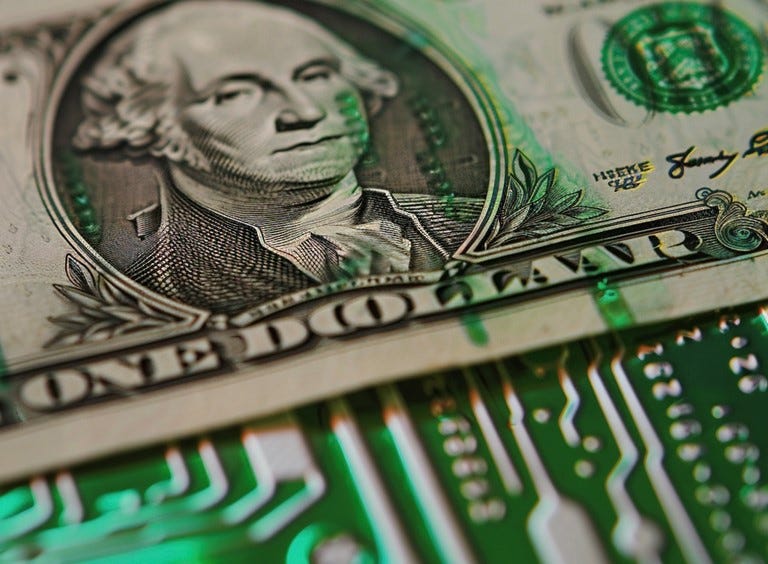
What’s next
Tokenization is revolutionizing the way we think about asset ownership and investment. By leveraging blockchain technology, tokenization allows assets to be divided into smaller, tradable digital tokens, making them more accessible and easier to transfer. It has been evolving to offer a more secure, transparent, and flexible method of interacting with assets. As blockchain technology continues to mature, tokenization will definitely play a significant role in shaping the future of finance. Next, we will look into the Types of Tokenization on Blockchain.
References
- What is tokenization?
- What is Tokenization?
- What is Tokenization | OpenText
- ICO vs STO: What's the difference?
The Revolution of Tokenization: Transforming the Future of Finance (1 of 5) was originally published in The Capital on Medium, where people are continuing the conversation by highlighting and responding to this story.

 2 weeks ago
22
2 weeks ago
22

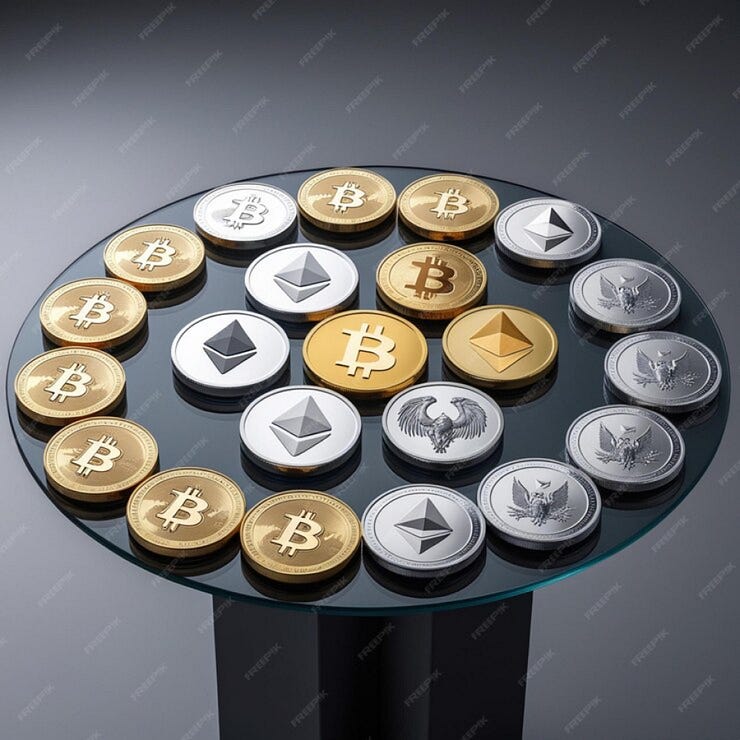

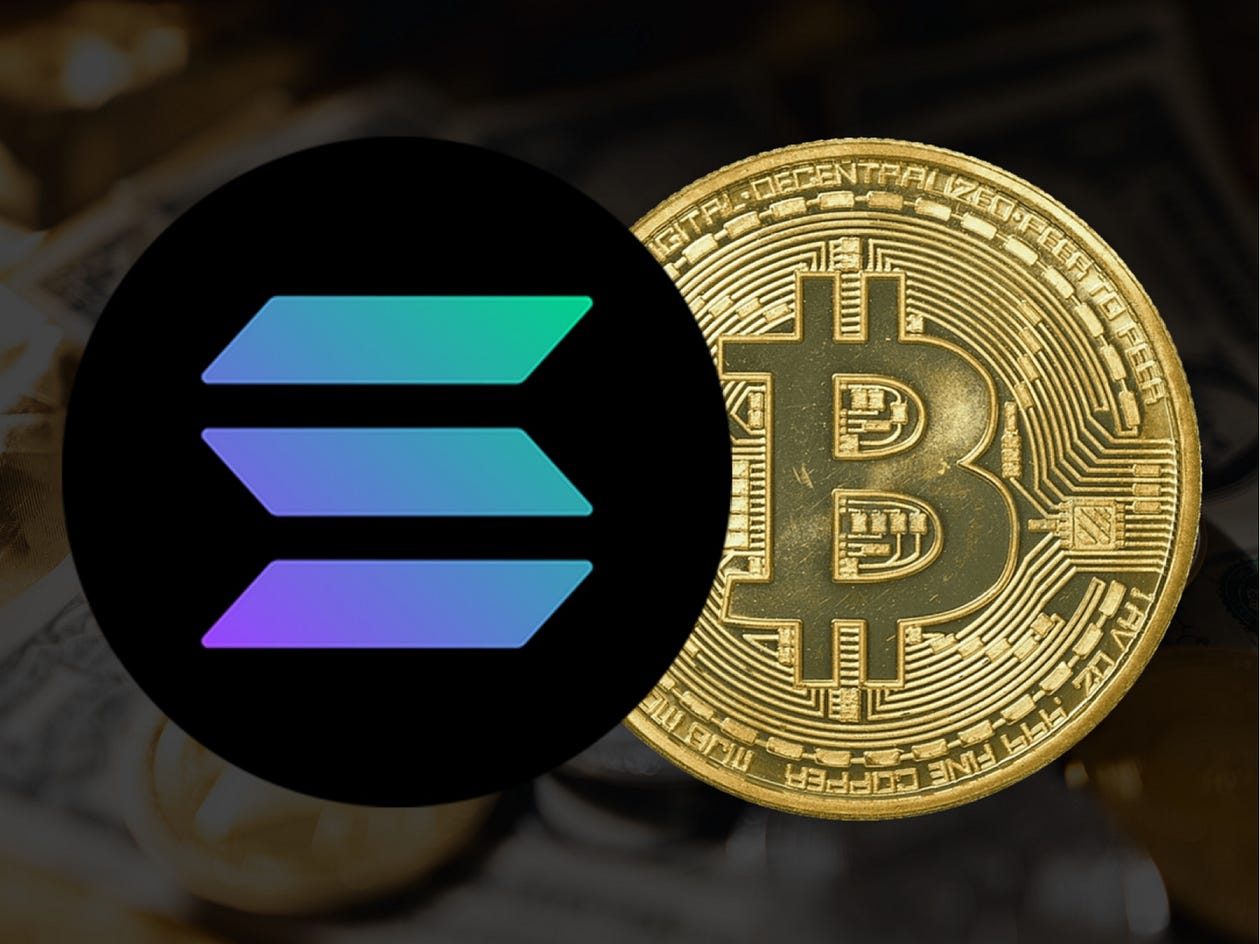



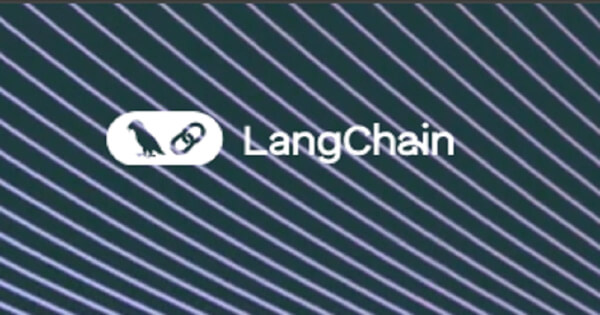

 English (US) ·
English (US) ·